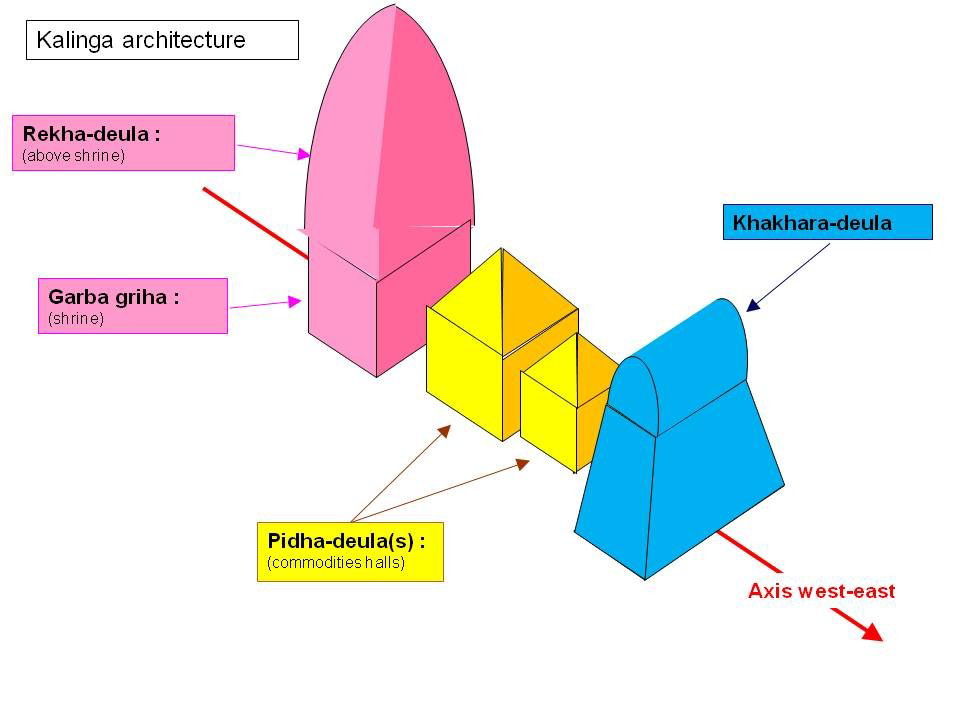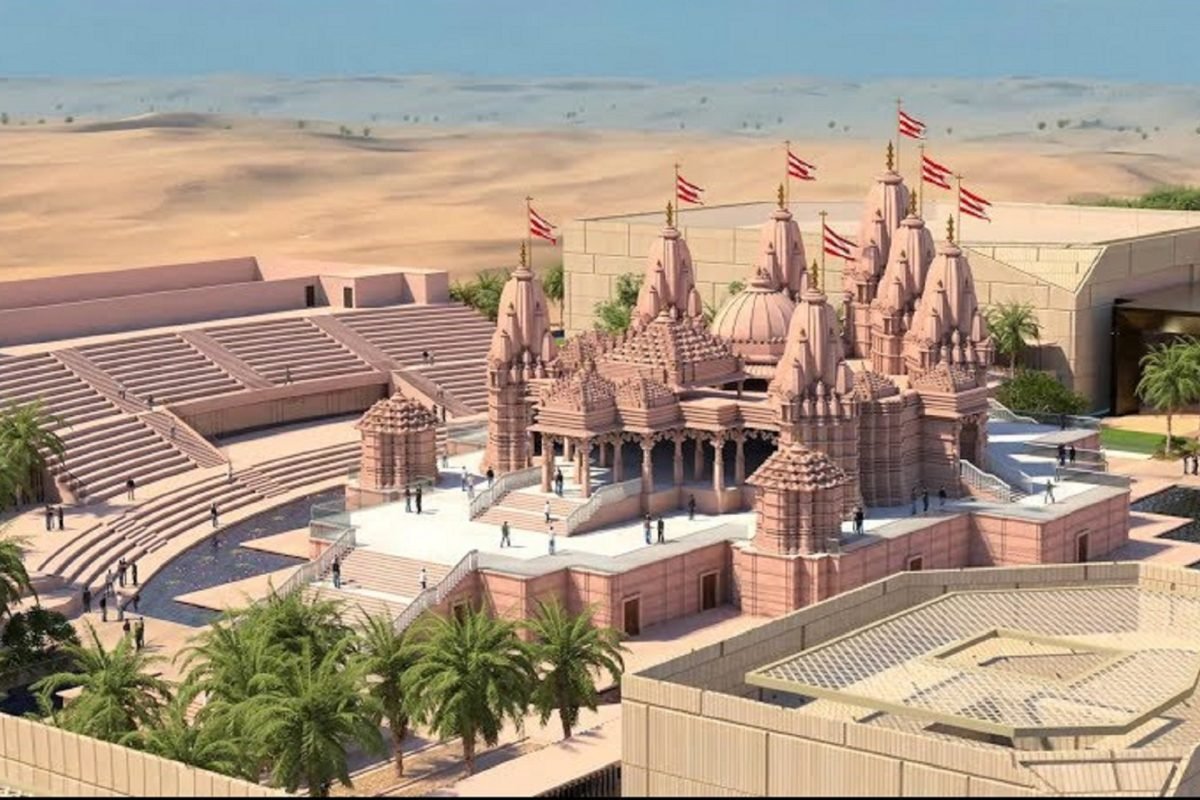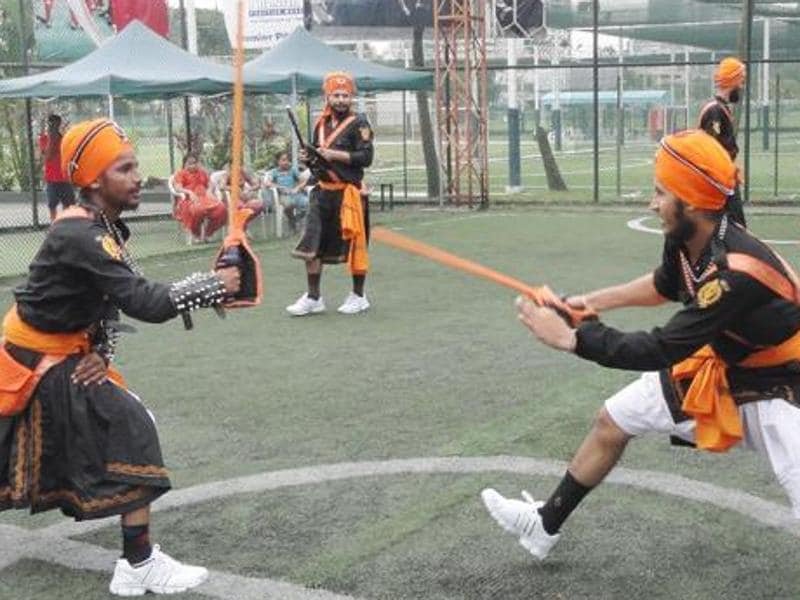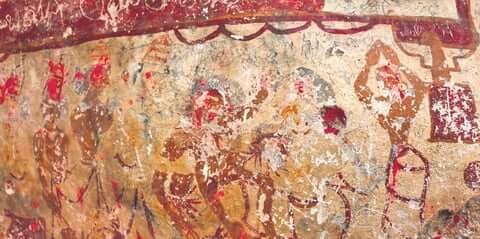
Jagannath Temple
Subscribers of "Current Affairs" course can Download Daily Current Affairs in PDF/DOC
Subscribe to Never Miss an Important Update! Assured Discounts on New Products!
Must Join PMF IAS Telegram Channel & PMF IAS History Telegram Channel
- Context (IE): The Odisha government is set to inaugurate the Shree Mandira Parikrama project.
- It is an Rs 800-crore heritage corridor around Jagannath Temple (Puri, Odisha) to improve infrastructure for devotees visiting the renowned temple.
Jagannath Temple
- Dedicated to Lord Jagannath, a form of Lord Krishna.
- The main deities are Lord Jagannath, his brother Balabhadra, and his sister Subhadra.
- One of the Char Dham pilgrimage sites (Badrinath, Dwaraka, Puri, Rameswaram) for Hindus.
- Known for its Kalinga architecture.
- The temple is believed to have been constructed by King Anantavarman Chodaganga (Eastern Ganga Dynasty) in the 12th century.
- A unique ritual of changing the wooden forms of the deities is known as Nabakalebara. Takes place at intervals of 8, 12, or 19 years.
- Annual Rath Yatra (chariot festival) is a major event where these deities are taken in grand processions.
- Non-Hindus are not allowed inside the temple premises.
- Consecration (Special ceremonies to sanctify an object) of the temple is a significant event with elaborate rituals.
Kalingan Temple Architecture
|





![PMF IAS Environment for UPSC 2022-23 [paperback] PMF IAS [Nov 30, 2021]…](https://pmfias.b-cdn.net/wp-content/uploads/2024/04/pmfiasenvironmentforupsc2022-23paperbackpmfiasnov302021.jpg)












